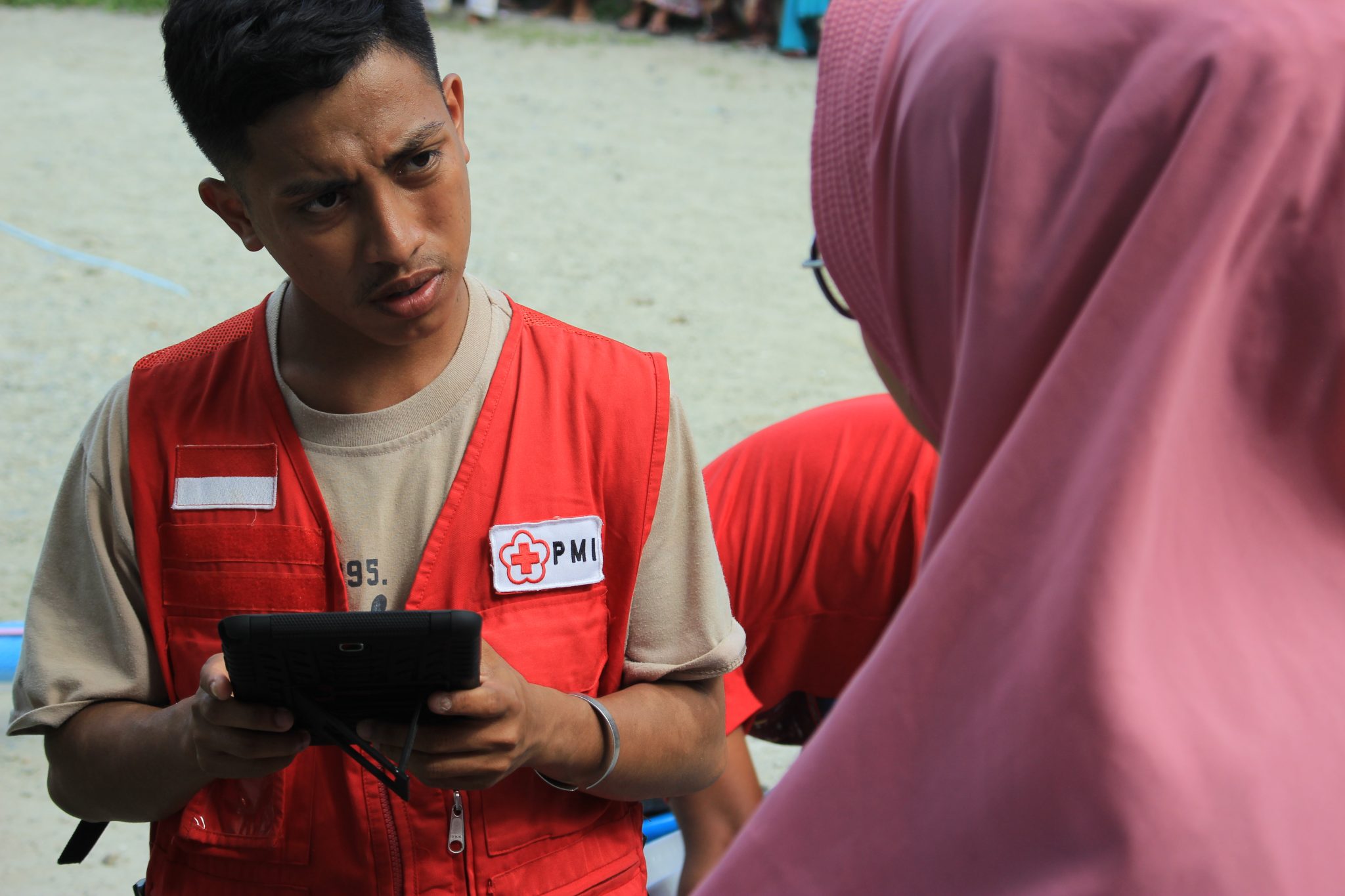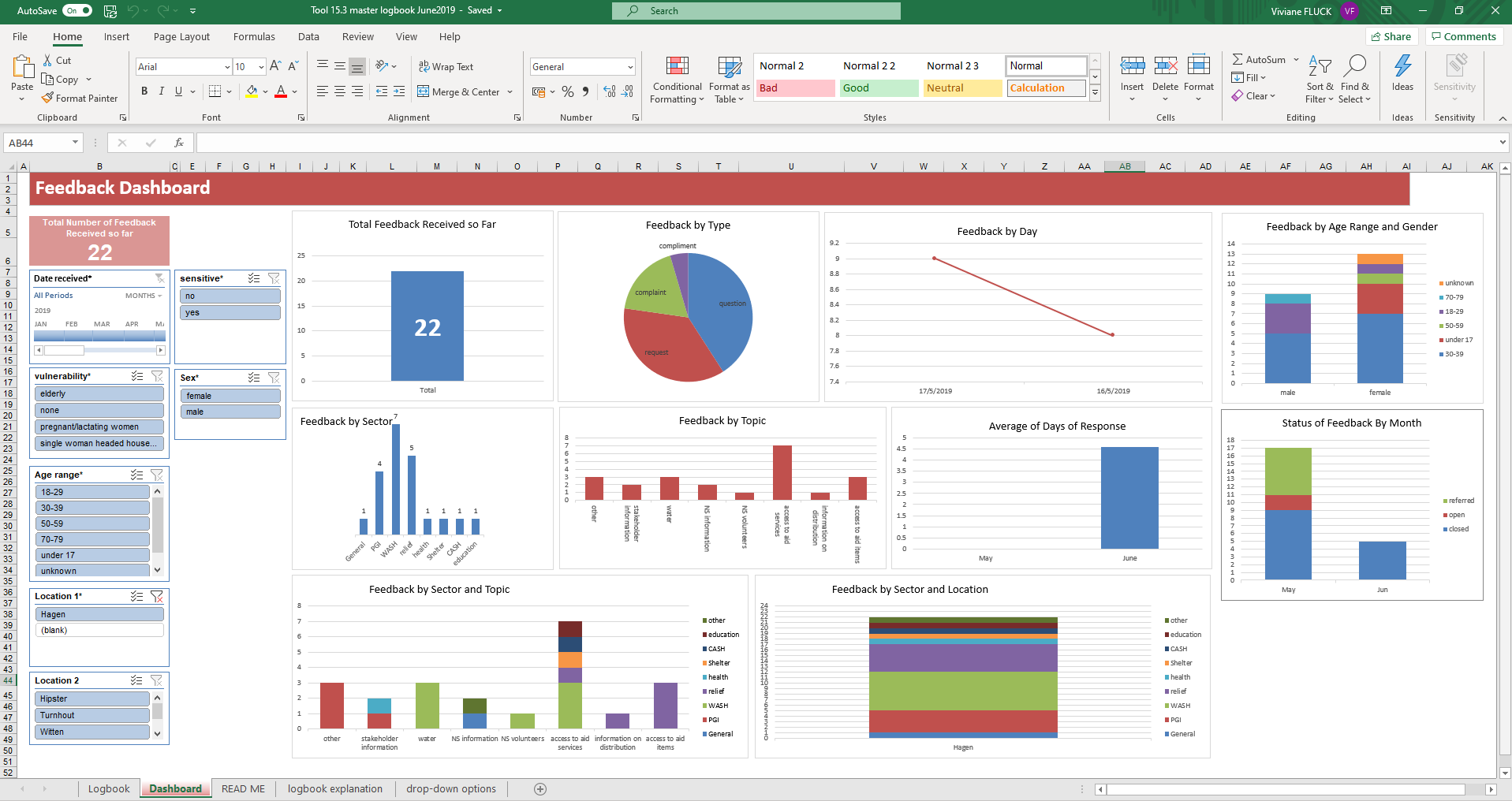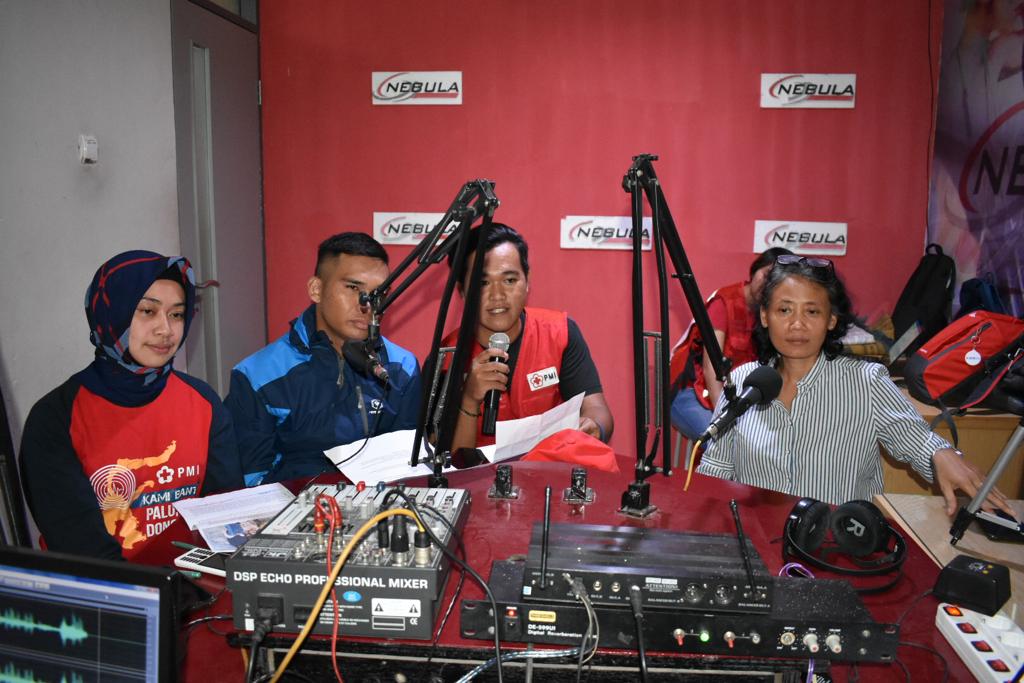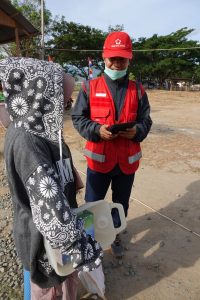The IFRC feedback starter kit – templates, tips and tricks for all feedback fans
The recent adoption of the International Red Cross and Red Crescent’s Resolution on Movement-wide Commitments and minimum actions for Community Engagement and Accountability, is an important step forward for the Movement and the responsibility to hold ourselves accountable to the vulnerable and crisis-affected people and communities we serve. This Resolution emphasises the need to systematically collect and respond to vulnerable and affected people’s views on their needs, priorities, vulnerabilities and capacities. The growing number of humanitarian organisations and National Societies that are interested in applying the Core Humanitarian Standard (CHS) emphasise that this resolution is part of a wider push towards accountability to communities.
As both the new Movement-wide resolution and the CHS highlight, feedback mechanisms are a key aspect in how we can be more accountable to the people we serve.
Many Red Cross Red Crescent National Societies are communicating with communities every day through their vast network of volunteers and are informally handling feedback. But some National Societies voiced the need for support in formalising these feedback interactions and filling gaps in analysing, visualising and ultimately responding to feedback in a simple yet efficient way.

PMI volunteer collecting feedback in Sigi, Sulawesi. Photo credit: PMI.
This was the drive to develop a simple, easy to use toolkit – the Feedback Starter Kit – which can be easily adapted to different contexts and needs. We are also pleased to share this more widely so other organisations could benefit. The toolkit includes all the basic building blocks needed to plan, set up and run a feedback mechanism. The templates are developed to equip teams with limited human resources and little experience in handling feedback but can also be built on if more resources become available.
The feedback starter kit includes useful templates, with feedback collection forms, examples of standard operating procedures, guidance that can be downloaded and adapted by anyone, anywhere with an internet connection and a simple excel sheet with a pre-set dashboard to visualise the collected data.

Screenshot of feedback toolkit dashboard. Image credit: IFRC.
This excel template is now used by several National Societies and helps to document, visualise and analyse feedback data and we hope can be useful for others.
What we have learnt? – Qualitative, confidential and inclusive
No matter how we simplify feedback mechanisms, they will always be a lot of work and more complex than we first think. Gaining trust from communities in complex circumstances is never easy—it takes time, and often trials and errors. To narrow it down, the three key pieces of advice from the feedback starter kit are:
- Keep feedback qualitative and simple at the front end
Don’t turn feedback collection into a survey by adding a lot of boxes for feedback collectors to tick. Instead focus on a qualitative interaction that allows individuals from the affected community or host community to set the agenda and share their feedback freely. This also allows the feedback collector and feedback giver to have a conversation, which is more likely to build trust and give room for issues that otherwise might not be raised. - Confidentiality and consent
Even if we don’t aim to collect sensitive feedback, people might discuss sensitive topics with us, and we need to train our volunteers and staff on how to handle this kind of data. Any data we collect, and store needs to be based on consent, handled carefully and supported with strong data protection standards. If people cannot trust us to take care of the information they provide us (data), why should they share it with us? - Active inclusion
Too often community leaders are still seen as representatives of a wide range of individuals within communities. A community is not homogenous; therefore, we need to actively reach out to different groups within the community to learn how they prefer to share feedback and receive answers and enable their participation. We humanitarians need to make the effort when setting up a feedback mechanism—we can’t (shouldn’t) put the burden on community members to find ways to reach out to us.
Case study – implementing the feedback starter kit in Indonesia
In 2019, the Indonesian Red Cross (Palang Merah Indonesia, PMI) and IFRC piloted the feedback starter kit as part of the earthquake and tsunami response in Sulawesi and the earthquake response on Lombok. PMI aimed to harmonise existing feedback mechanisms to use them as blueprints for other areas in the country. Working with teams in the field, PMI adapted existing feedback templates and made them more user-friendly for the volunteers collecting feedback. Using the templates from the feedback starter kit, the first internal feedback updates were shared with colleagues providing insight into questions, concerns, complaints and compliments of the community.

PMI radio show on radio Nebula Palu on which PMI discusses child protection. Photo credit: PMI.
A clear example of the difference a more structured approach to feedback made is an anecdote from the hotline. Here, volunteers received a call requesting a water tank for an orphanage, which PMI was able to provide in response to the feedback. Other modes of feedback can be harder to address, for instance a community member complained about somebody from the village asking for money in return for relief services. In response to this PMI shared posters and verbal information before and during relief distributions stating plainly that that all aid is free. PMI is still running these feedback mechanisms in Sulawesi and Lombok and recently implemented a new feedback mechanism in a third location.
Future plans – quick data visualisation and more collaboration
In most emergencies there are a multitude of feedback mechanisms. This can be an advantage – different people prefer different feedback channels and trust different organisations. However, if feedback data for one organisation is not addressed because it is captured by a different one, this can be problematic. People lose trust and may ultimately stop sharing their feedback.
We’re continuing to promote the feedback starter kit internally and externally as we hope it will contribute to a more collaborative approach to feedback within the humanitarian field. Right now we are working together with the Humanitarian Data Exchange (HDX) and PMI to connect the template excel database, dashboard and feedback collection form to some of the HDX tools. Linking feedback data to tools such as ‘quick charts’ enables feedback data to be visualised more easily and could even automate parts of the processes. Results from this collaboration will be available to other humanitarian organisations and should contribute to making data sharing and visualising data easier for everybody.

Photo credit: PMI.
Moving forward, we want humanitarian practitioners to start using the Humanitarian Exchange Language (HXL) tags we’re coming up with. (HXL is a standard for increasing the efficiency and effectiveness of data exchange during humanitarian crises.) It would also be fantastic to see other organisations use and contextualise the IFRC feedback starter kit, as well as get their input on the various templates.
Ultimately, using the IFRC feedback starter kit will give organisations the advantage of starting with all the basic templates. Leaving them free to put their energy into adapting feedback mechanisms, rather than reinventing the wheel.
You can download the full IFRC feedback starter kit here: https://media.ifrc.org/ifrc/document/tool-15-feedback-starter-kit/

